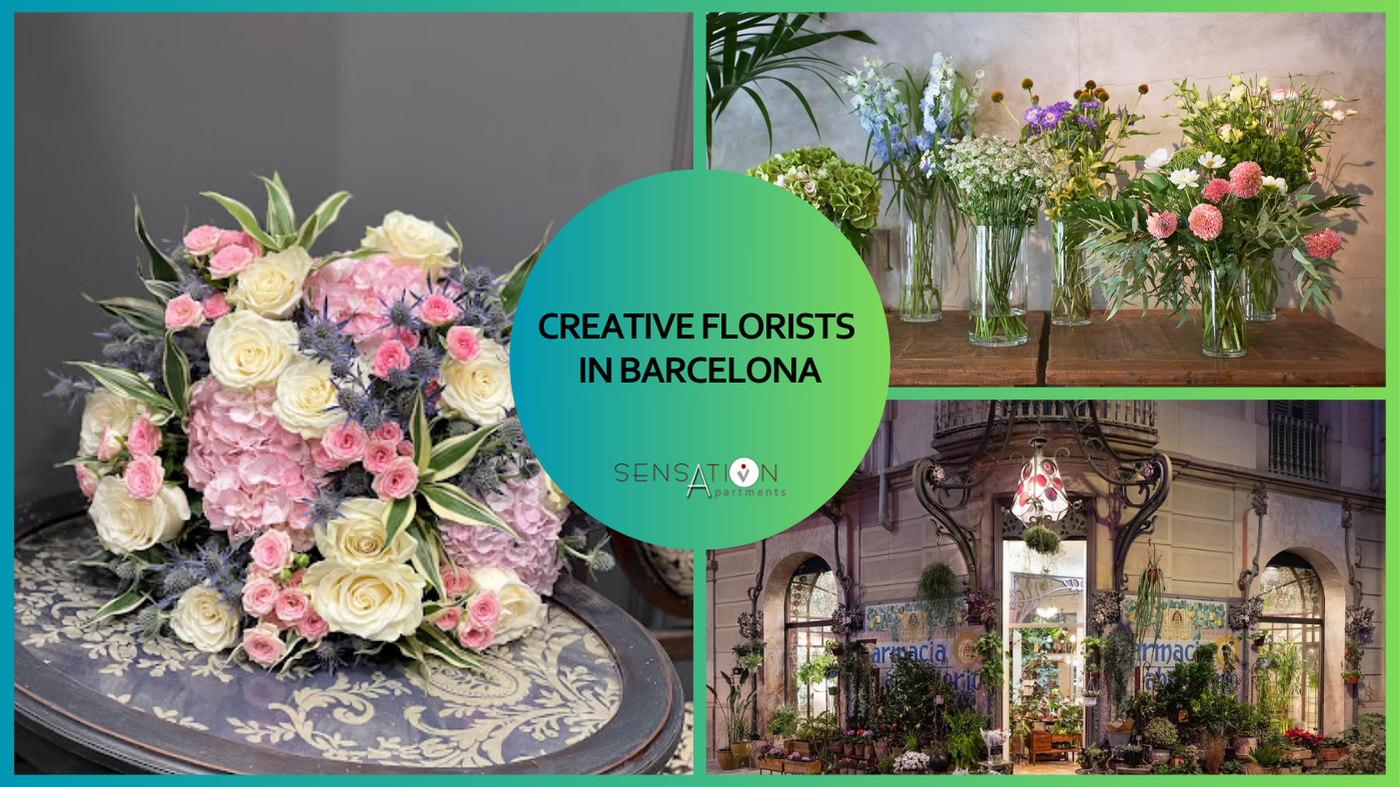Origin and history of vermouth in Catalonia
Gastronomy 11/09/2024
Vermouth, vermouth or vermouth (from the German "Wermut", meaning wormwood or artemisia) is a categorized alcoholic beverage, composed of a base of fortified wine with a distillate and a mixture of herbs, including the aforementioned wormwood, flowers, roots, citrus peel, spices and caramel, these ingredients varying depending on the type of vermouth. The first record of a similar antecedent takes us to Hippocrates, famous doctor and philosopher of ancient Greece, who macerated wormwood flowers and dittany leaves in wine and obtained what in the Middle Ages was called "Hippocratic wine" or simply "herbal wine".
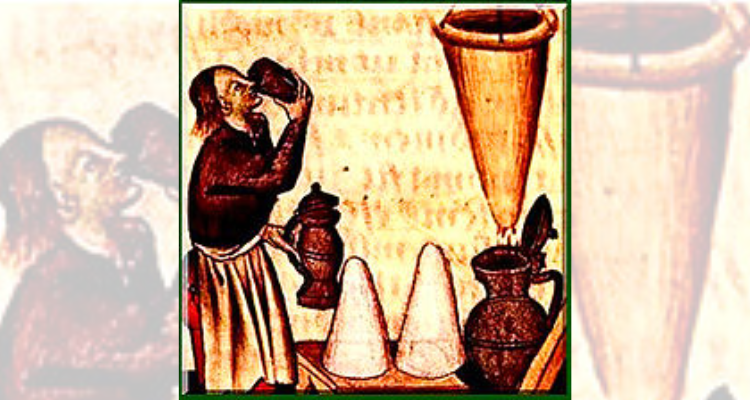
It was in the city of Turin that it became known as a regional product at the beginning of the 19th century, thanks to Antonio Benedetto Carpano, who began to market his wine preparation with approximately 30 botanicals. It later spread to France, Spain, the United States and Argentina, attracting a large number of Italian immigrants at the end of the 19th century and throughout the 20th century.

(Image courtesy of CARPANO )
The arrival of vermouth in Spain occurred at the end of the 19th century, influenced by various Italian businessmen and producers, who settled especially in the wine-growing regions of Catalonia (especially Barcelona and Reus).
The vermouth sector in Catalonia already has around fifty producers, although today almost all Spanish regions produce a multitude of vermouths with excellent qualities and different peculiarities.

What is the origin of vermouth hour in Barcelona?
Bar Torino was a restaurant (at one time, it was considered the most luxurious bar in the city) located at Passeig de Gracia, 18 in Barcelona, founded in 1902 and closed in 1911. The bar was founded by the Italian Flaminio Mezzalama, a native of Turin (in Italian: Torino), hence the name of the establishment. His intention was to introduce the Martini & Rossi vermouth to Barcelona.
![]()
The origin of the phrases "to have vermouth", "to make vermouth" or "vermouth hour" refers to a social event that emerged during the Franco years when middle-class families and friends began to meet in bars on Sundays after the twelve o'clock mass. In the 1950s, it became a habit that reflected the identity of a city that had just emerged from the post-war period.
What are the most common types of vermouth? There are several types of vermouth on the market. The difference between them is the treatment given to the grapes during the production process.
Red Vermouth
It is the most conventional, with a sweeter, herbal (with a strong wormwood flavor) and slightly spicy profile. Of all the types of vermouth, it is the most consumed in our country. It is an ideal drink for an aperitif.
![]()
White Vermouth
It is sweeter than red tea because fewer bitter ingredients are used in its preparation. It is usually made using a combination of flowers (elderberry and chamomile in most cases), roots (for example gentian and liquorice) and resins (such as juniper).
![]()
Pink Vermouth
It is the least consumed of all, although it is starting to become fashionable. In its preparation, red and white wines are mixed, achieving that pink tone.
![]()
Dry vermouth
Dry vermouth is the most bitter of the three and is usually consumed in cocktails. In this case, the fruity aromas take center stage. Its notes are related to roots, bark and a subtle profile of spices.
![]()
Reus hosts the world's first major exhibition of vermouth-related items, a collection housed in the MUSEU DEL VERMUT building in the city centre. A completely renovated modernist building that retains the original façade from 1918.
![]()
This is a unique collection, open to the public, which includes more than 6,000 items, more than 1,800 bottles, 400 posters, 3,000 labels and hundreds of advertising objects related to vermouth, such as ashtrays, glasses, badges, documents, letters, postcards, trays, etc. The Museu del Vermut de Reus also houses an elegant vermouth bar and a modern restaurant serving Mediterranean cuisine, where you can enjoy a good aperitif and a fine gastronomic experience.
Finally, some tips for enjoying a vermouth in good conditions:
- Avoid drinking vermouth in a tall glass. The best option is a glass with a wide mouth to add a couple of ice cubes.
- Since citrus fruits are part of the essence of vermouth, it is advisable to add a slice of lemon to white vermouths and an orange peel to black vermouths to give them an extra touch of bitterness and intensity.
- Being a drink that has between 15° and 20° of alcohol, it improves with freshness and is more refreshing with a few ice cubes, which will make its texture smoother and more fluid.
- It is not a product that improves with age. It is best to consume it when it is on the market. Once opened, it lasts well for a few months in the refrigerator.
- Vermouth deserves respect as long as its production is a craft that requires knowledge of oenology, botany and spirits.
And, don't forget a good toast: "I stretch out my arm, bend my elbow and take it all in."

It was in the city of Turin that it became known as a regional product at the beginning of the 19th century, thanks to Antonio Benedetto Carpano, who began to market his wine preparation with approximately 30 botanicals. It later spread to France, Spain, the United States and Argentina, attracting a large number of Italian immigrants at the end of the 19th century and throughout the 20th century.

(Image courtesy of CARPANO )
The arrival of vermouth in Spain occurred at the end of the 19th century, influenced by various Italian businessmen and producers, who settled especially in the wine-growing regions of Catalonia (especially Barcelona and Reus).
The vermouth sector in Catalonia already has around fifty producers, although today almost all Spanish regions produce a multitude of vermouths with excellent qualities and different peculiarities.

What is the origin of vermouth hour in Barcelona?
Bar Torino was a restaurant (at one time, it was considered the most luxurious bar in the city) located at Passeig de Gracia, 18 in Barcelona, founded in 1902 and closed in 1911. The bar was founded by the Italian Flaminio Mezzalama, a native of Turin (in Italian: Torino), hence the name of the establishment. His intention was to introduce the Martini & Rossi vermouth to Barcelona.
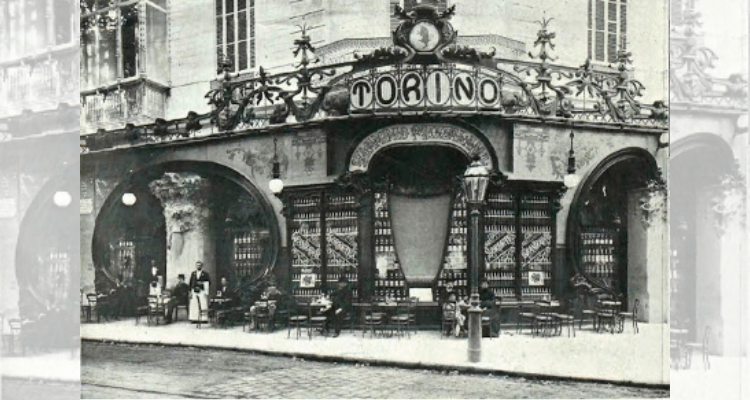
The origin of the phrases "to have vermouth", "to make vermouth" or "vermouth hour" refers to a social event that emerged during the Franco years when middle-class families and friends began to meet in bars on Sundays after the twelve o'clock mass. In the 1950s, it became a habit that reflected the identity of a city that had just emerged from the post-war period.
What are the most common types of vermouth? There are several types of vermouth on the market. The difference between them is the treatment given to the grapes during the production process.
Red Vermouth
It is the most conventional, with a sweeter, herbal (with a strong wormwood flavor) and slightly spicy profile. Of all the types of vermouth, it is the most consumed in our country. It is an ideal drink for an aperitif.
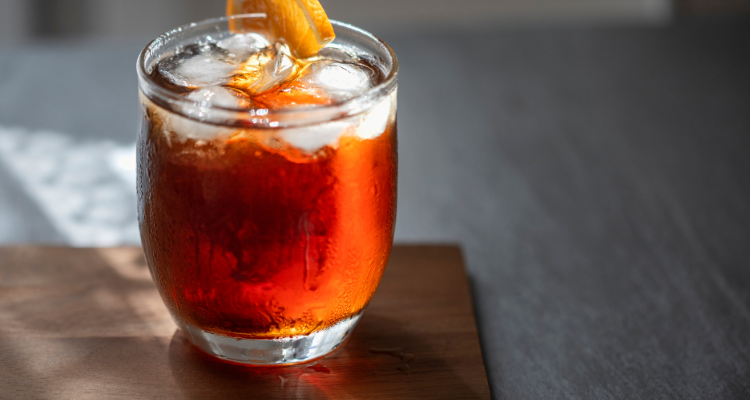
White Vermouth
It is sweeter than red tea because fewer bitter ingredients are used in its preparation. It is usually made using a combination of flowers (elderberry and chamomile in most cases), roots (for example gentian and liquorice) and resins (such as juniper).

Pink Vermouth
It is the least consumed of all, although it is starting to become fashionable. In its preparation, red and white wines are mixed, achieving that pink tone.
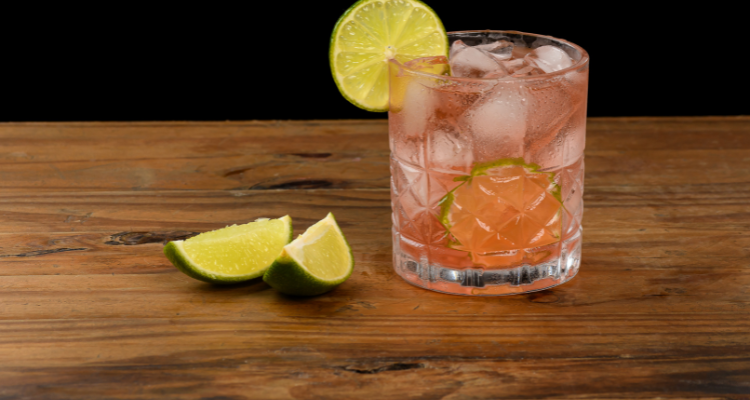
Dry vermouth
Dry vermouth is the most bitter of the three and is usually consumed in cocktails. In this case, the fruity aromas take center stage. Its notes are related to roots, bark and a subtle profile of spices.

Reus hosts the world's first major exhibition of vermouth-related items, a collection housed in the MUSEU DEL VERMUT building in the city centre. A completely renovated modernist building that retains the original façade from 1918.

This is a unique collection, open to the public, which includes more than 6,000 items, more than 1,800 bottles, 400 posters, 3,000 labels and hundreds of advertising objects related to vermouth, such as ashtrays, glasses, badges, documents, letters, postcards, trays, etc. The Museu del Vermut de Reus also houses an elegant vermouth bar and a modern restaurant serving Mediterranean cuisine, where you can enjoy a good aperitif and a fine gastronomic experience.
Finally, some tips for enjoying a vermouth in good conditions:
- Avoid drinking vermouth in a tall glass. The best option is a glass with a wide mouth to add a couple of ice cubes.
- Since citrus fruits are part of the essence of vermouth, it is advisable to add a slice of lemon to white vermouths and an orange peel to black vermouths to give them an extra touch of bitterness and intensity.
- Being a drink that has between 15° and 20° of alcohol, it improves with freshness and is more refreshing with a few ice cubes, which will make its texture smoother and more fluid.
- It is not a product that improves with age. It is best to consume it when it is on the market. Once opened, it lasts well for a few months in the refrigerator.
- Vermouth deserves respect as long as its production is a craft that requires knowledge of oenology, botany and spirits.
And, don't forget a good toast: "I stretch out my arm, bend my elbow and take it all in."




